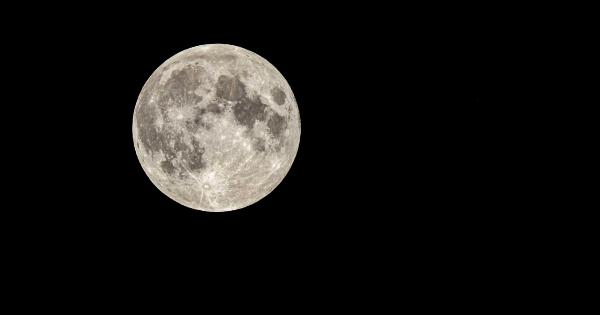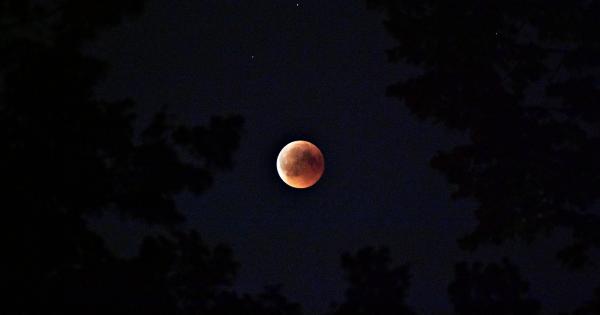The human body is influenced by both internal and external factors. External factors include various environmental conditions, such as light exposure, noise, temperature, and more.
Light exposure is regarded as one of the most critical environmental factors that affect the human body. It impacts the secretion of several hormones, including cortisol, melatonin, and insulin. This article is going to focus on the impact of light exposure on glucose and blood pressure levels.
How Does Light Exposure Affect Glucose Levels?
Glucose is the primary source of energy in the body that is produced from the food we eat. Insulin is a hormone that is responsible for regulating glucose levels in the body.
When we eat, the body releases insulin to promote glucose build-up in the liver and muscle cells, and it also reduces glucose uptake in the bloodstream, which causes glucose levels to decline.
Studies have shown that light exposure directly affects the secretion of insulin, which, in turn, affects glucose levels in the body.
Insulin release is hindered by exposure to light at night, and it can also increase the risk of developing insulin resistance, which is the first stage of type 2 diabetes. A study conducted by researchers at Brigham and Women’s Hospital found that exposure to blue light at night significantly increased fasting glucose levels and decreased insulin sensitivity compared to dim light exposure.
How Does Light Exposure Affect Blood Pressure Levels?
Blood pressure is the force that the blood exerts on the blood vessels’ walls, and it’s regulated by the nervous system.
When blood pressure rises, the nervous system sends signals to the blood vessels to widen and release the extra pressure, which is called vasodilation. High blood pressure occurs when blood vessels lose their ability to dilate or when they narrow, causing blood pressure to remain elevated.
Light exposure regulates the body’s circadian rhythm, a process responsible for maintaining the body’s vital functions according to daylight and nighttime.
Circadian rhythm affects blood pressure levels since the nervous system regulates one’s blood pressure, and abnormalities in the circadian rhythm are associated with hypertension (high blood pressure).
Several studies have shown that exposure to light at night can significantly increase blood pressure levels and impair blood pressure variability, which is crucial for optimal cardiovascular health.
Furthermore, exposure to bright light during the day has been shown to lower blood pressure levels and improve blood pressure variability.
How to Manage Light Exposure to Maintain Optimal Glucose and Blood Pressure Levels?
One of the best ways to manage light exposure is by taking advantage of natural light and avoiding artificial light exposure.
Exposure to bright light in the morning or during the day can strengthen the circadian rhythm, which, in turn, improves glucose and blood pressure levels. Additionally, avoiding exposure to blue light at night can help reduce the risk of insulin resistance and high blood pressure.
Other ways to manage light exposure include using apps to reduce blue light emission on your phone or computer, using red-toned nightlights in the bedroom, and avoiding watching TV or working on the computer before sleep.
Conclusion
Light exposure is a critical environmental factor that influences the human body’s functions, including glucose and blood pressure levels. Exposure to bright light during the day can improve glucose and blood pressure levels.
On the other hand, exposure to blue light at night can increase the risk of insulin resistance and high blood pressure. Therefore, it is crucial to manage light exposure by taking advantage of natural light and avoiding artificial light exposure.
Additionally, employing measures like using apps to reduce blue light and avoiding watching TV or working on the computer before sleeping can go a long way in promoting optimal glucose and blood pressure levels.


























